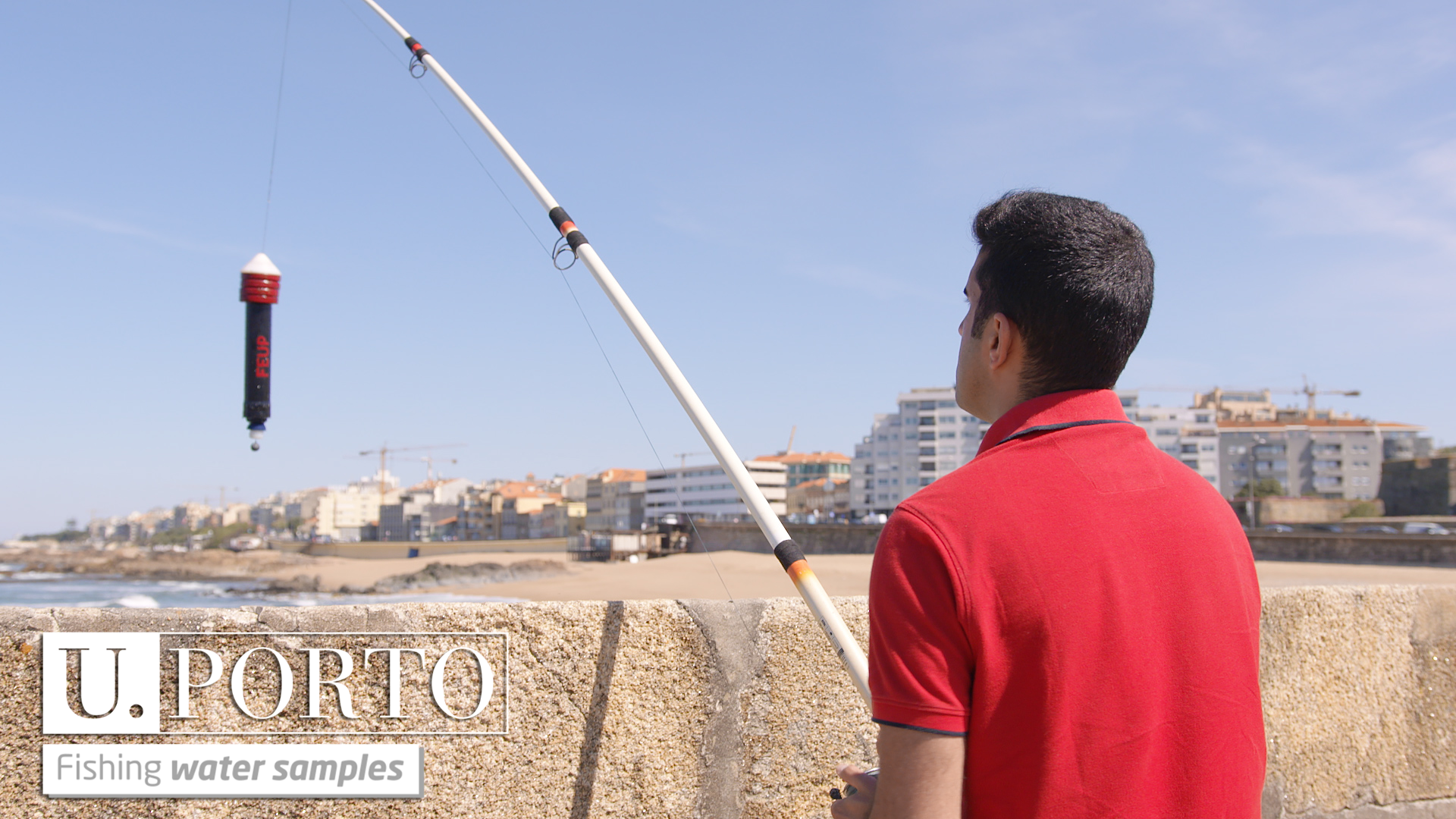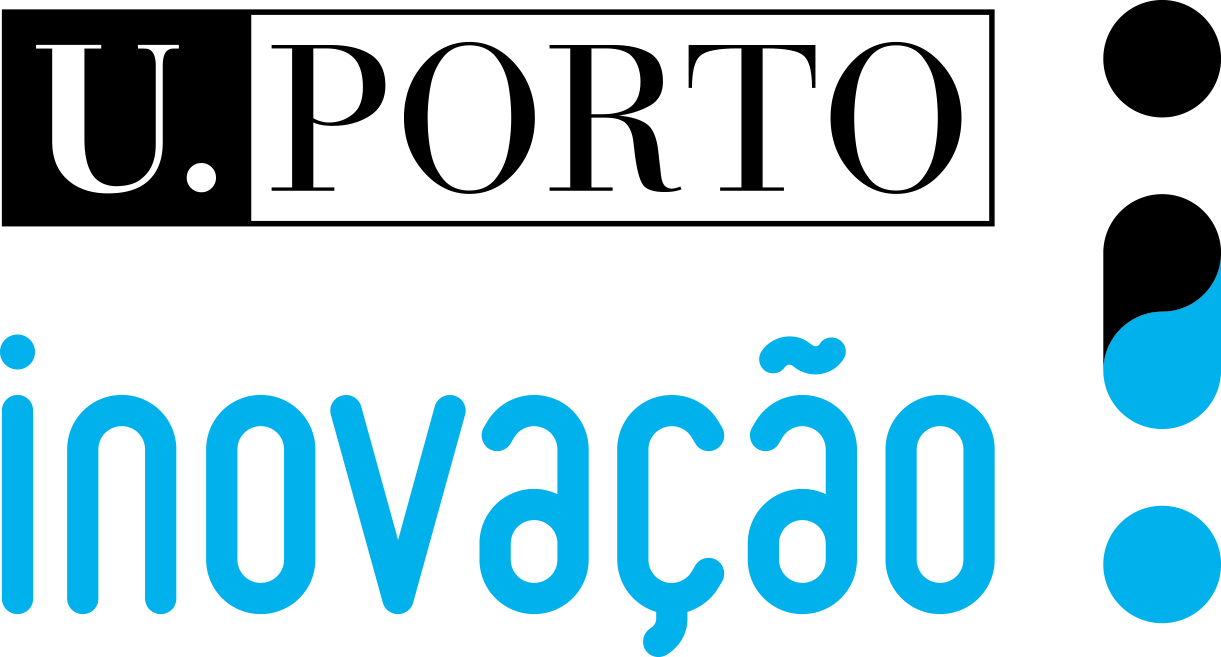
This low-cost technology consists in a long-range surface water sampler. The Waterfisher is coupled to a launch system, which projects the sampler to a specific site. Water from the selected sampling point goes into inside the sampler body. This container closes and seals as soon as the water gets in, guaranteeing no subsequent contact with water or sediments. The collected sample is free of suspended matter when it is transferred to its packaging/transport container.
Liquid sampler systems commercially available allow a simple and efficient collection of surface water samples from sites nearby the user (e.g. not too dangerous riverbanks and in middle of the water bodies using an aquatic transportation). Hence, available technologies do not allow a simple, efficient and economic collection of surface water in sites of difficult access.
The Waterfisher allows the collection of water samples from sites difficult to access (e.g. lakes, cliffs and canyons), without the need for an aquatic transportation. The Waterfisher incorporates a floating apparatus and an innovative automatic sealing method. These characteristics combined with a robust structure ensure a site-representative and efficient sample collection and transport, despite strong impacts and long distance transportation. The water sampler can easily be washed between samplings, due to its simple design. The PVC-standard water samplers have a capacity of up to 2 litters. Its overall weight is around 400 grams. The Waterfisher is coupled with a 40 meter highly resistant line.
The Waterfisher is suited to be bought by any Organization responsible for surface water analysis, which has the challenge of acquiring representative homogeneous samples from specific sites. Organizations involved in the chemical and/or microbiological control of surface waters such as companies, public institutes and universities can benefit from the use of the Waterfisher. A functional prototype has already been developed and validated in an operational environment.






